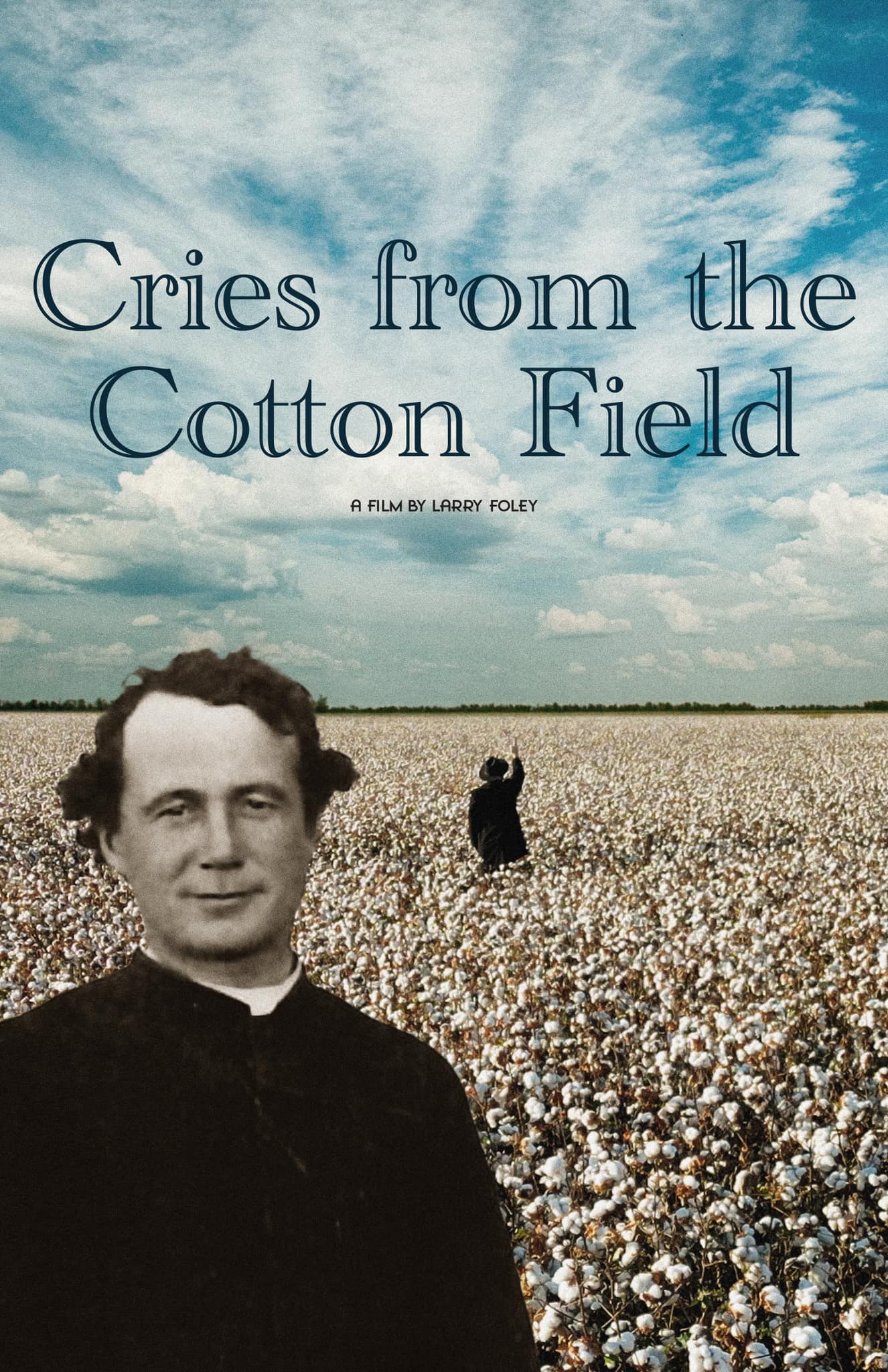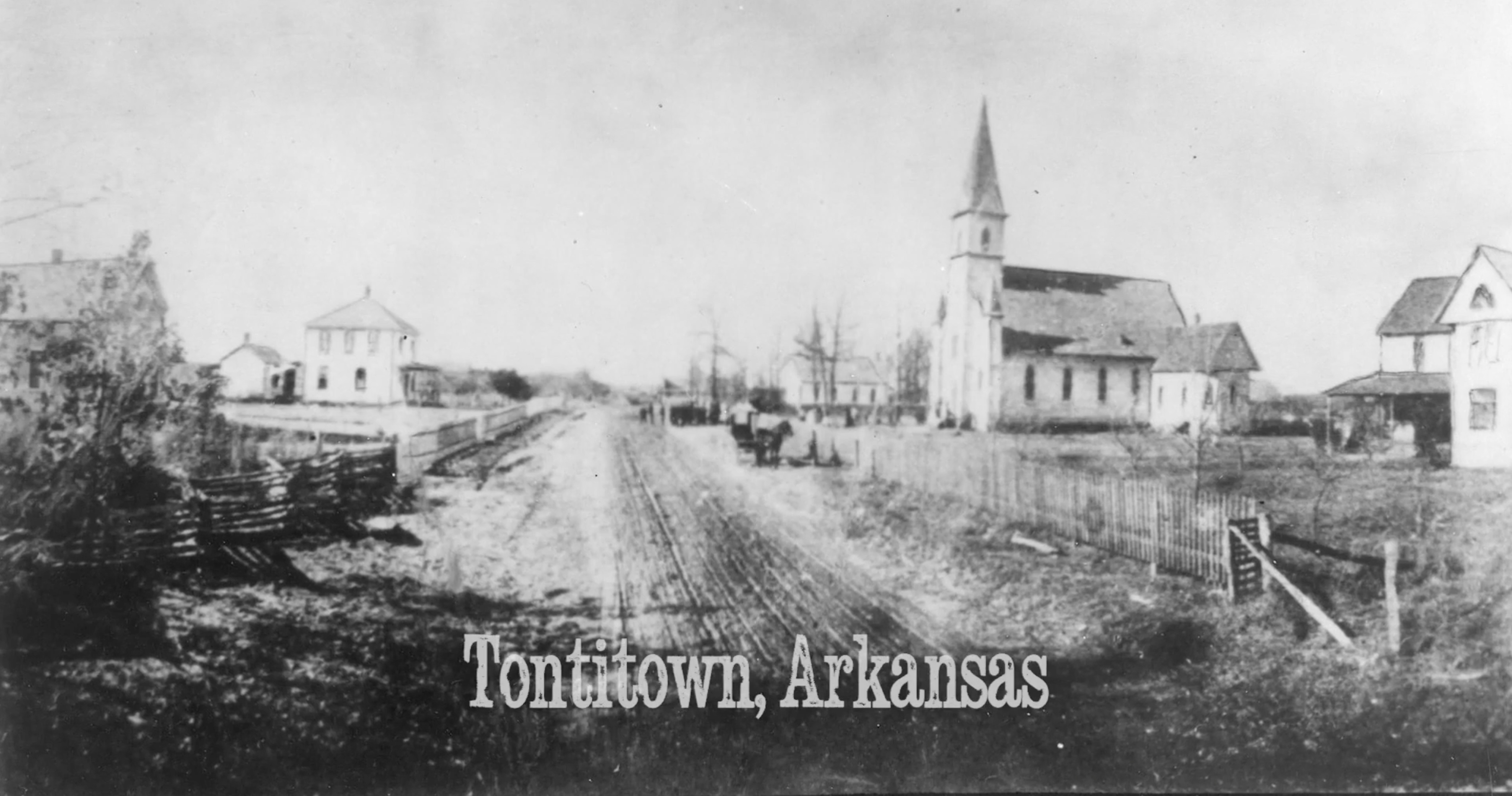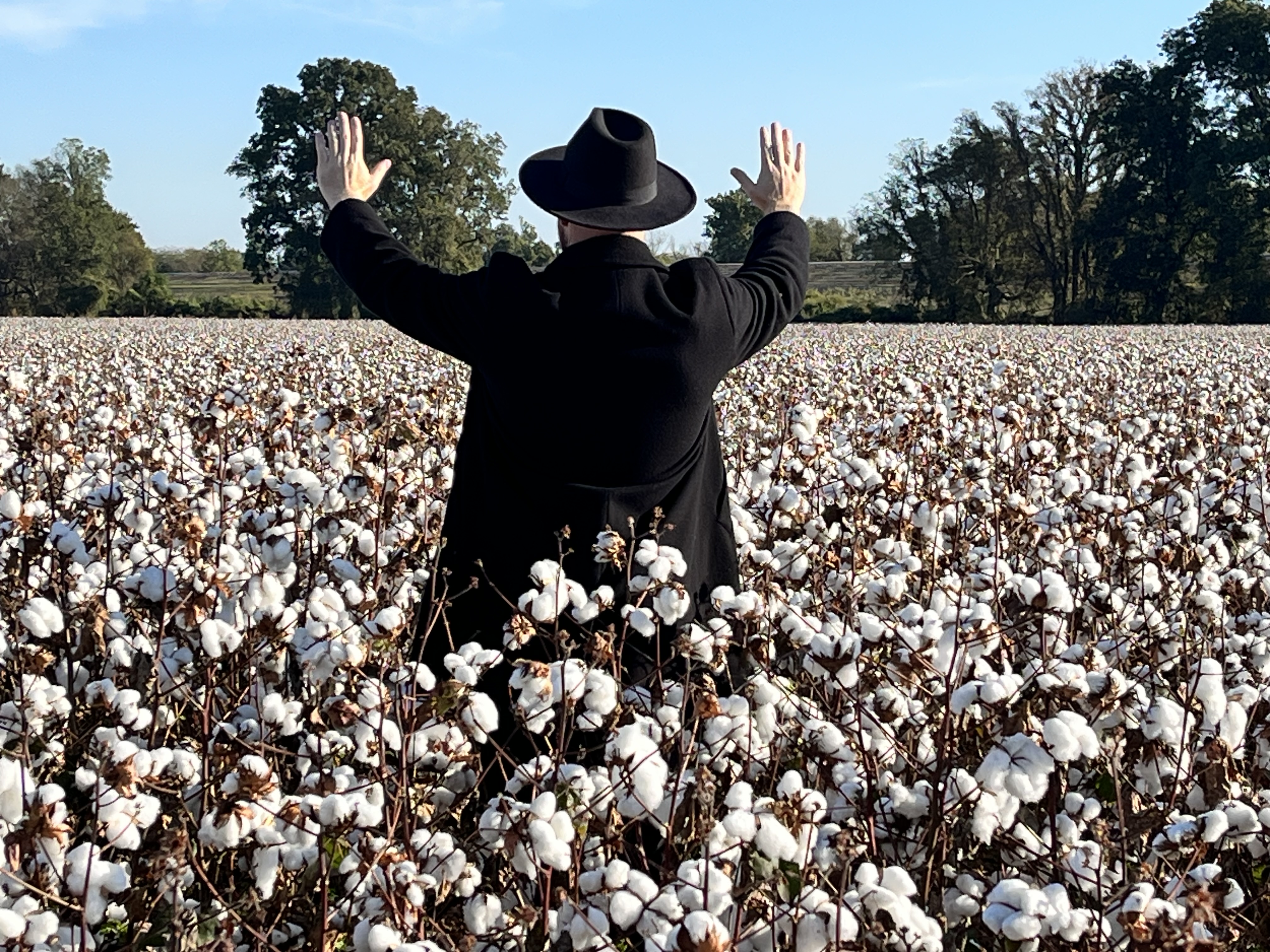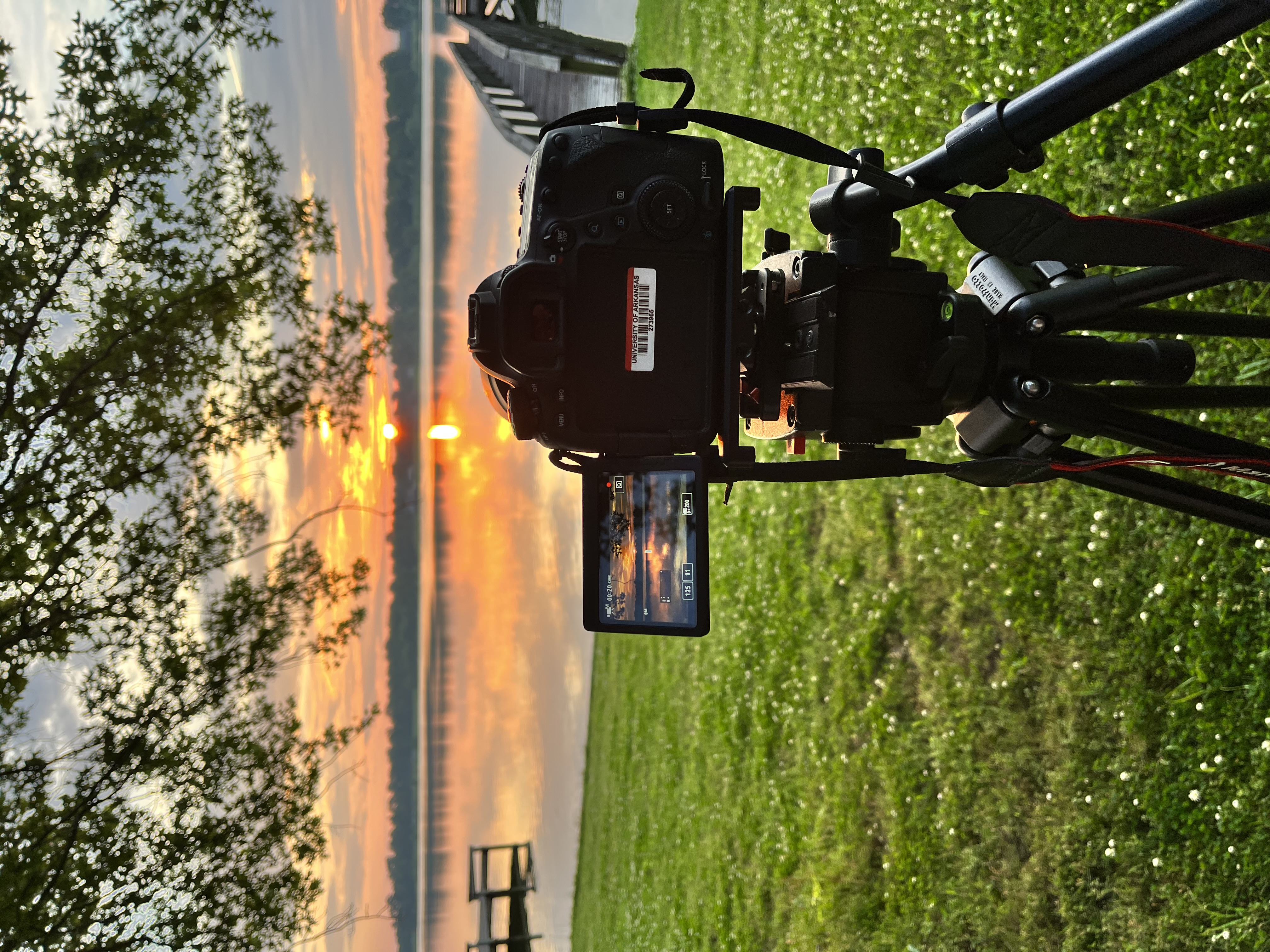Arkansas PBS is proud to, once again, broadcast a premiere of award-winning writer, director and producer Larry Foley’s work. This time, “Cries from the Cotton Field,” a film following the journey of 19th-century immigrants from their homes in northern Italy through the difficulties of relocating to the Arkansas Delta, and ultimately to the flourishing community of Tontitown, will premiere Tuesday, Sept. 3, at 7 p.m. on Arkansas PBS.
Ahead of the broadcast, we caught up with Foley for a bit of background on the film and how it came together.

What inspired you to make this film?
I attended a presentation of the oral history book "Italians of Sunnyside" in Tontitown in the winter of 2022, as I was preparing to teach at the University of Arkansas Rome Center in Fall of '22. The story moved me, surprised me and motivated me to produce a film about this little-known story of hope, hardship and faith. My friend Ed Eaves, who served as the film's director of photography and editor, was with me at that presentation and enthusiastically volunteered to work with me on a film about this remarkable, true story.
What was your favorite scene/scenes in the film?
In northern Italy, we filmed in the actual Catholic church where a mass was held in November of 1895 to pray for the Italians who would soon leave for the cotton fields of Arkansas. They rang the bells for us, allowed us to put a microphone on the padre and film the service. It took us back to where our story would begin – colorfully and authentically.

When we talked ahead of the “Indians, Outlaws, Marshals and the Hangin’ Judge” broadcast, you said you were able to get your hands on microfilm from articles by Ada Patterson (Ada Patterson was a real person and reporter for the St. Louis Republic during the later days of Federal Judge Isaac Parker’s life). Were you able to find some of those artifacts for this film?
We dug deep to find content and visuals for this film. We located long lost photographs of the Sunnyside Cotton Plantation, which no longer exists, in the Greenville, Mississippi, library. The collection was not archived. They found the photos in a box. The Pryor Center gave us film of the early days of grape growing and harvesting in Tontitown. We also found the land plats from Sunnyside and Tontitown. That was a real visual discovery. The Tontitown plats show names of the original settlers – the names of descendants who still live in the area. The Tontitown Historical Museum gave us access to lots of still pictures of the early days of the settlement.

Was there a unique find that you may not have known about during your research that was integral to the film?
From published reports, and from archival documents, we located quotes of the people who lived this story, including the actual words of Father Pietro Bandini, the "Italian-American Moses” who led the flock to Northwest Arkansas, after disease and death drove them to find a climate healthier than the Mississippi Delta.

Were you able to talk with any direct descendants of those who emigrated from Italy?
We interviewed several descendants, including some in Italy. Our Sunnyside story is told by Elizabeth and Anthony Borgognoni of Lake Village. We also interviewed Tontitown Italian descendants and historians, who were thrilled that we had decided, at long last, to tell their story.
What went into the decision to tell the story in first person?
From researching the literature, published in Italy and in the U.S., I discovered that Father Pietro Bandini's writings brought the story to life. So, I made an early decision that "he" would narrate the film, in first person, using his own words, combined with documented historical fact. His narration is read by Francesco Bedeschi, director of the U of A Rome Center. He is a native Italian who tells the story melodically in English, with a beautiful Italian accent.

Did you face any challenges while making this film?
Fundraising is always a challenge. I am grateful for those who contributed, and to Arkansas PBS and its contributors, who helped make this film possible. It was a big challenge to visually tell the story of Sunnyside Plantation, because it was wiped out by the 1927 Mississippi River Flood. But we are pleased with how we did it, and I think folks will see that our original filmed images, combined with drone photography, transport you back in time to one of the largest cotton plantations in America.

What was the experience like at your filming locations?
My team and I had a blast filming this story, in Italy and Arkansas. We filmed in the Dolomite Mountains and valleys in northern Italy, and we filmed key scenes and interviews in Rome. Our cotton harvesting scenes in southeast Arkansas near Lake Village are spectacular. Wait until you see the sunrise over Lake Chicot! And we filmed in Tontitown, at the Grape Festival, the vineyards and in local cafes where the recipes date back to the old country, and the 19th century. It took us two years to tell this story, but we made the film we wanted to make. We hope you enjoy it and are inspired by this heartwarming story.
HOW TO WATCH
“Cries from the Cotton Field” will premiere on Arkansas PBS and stream at myarpbs.org/live Tuesday, Sept. 3, at 7 p.m.

